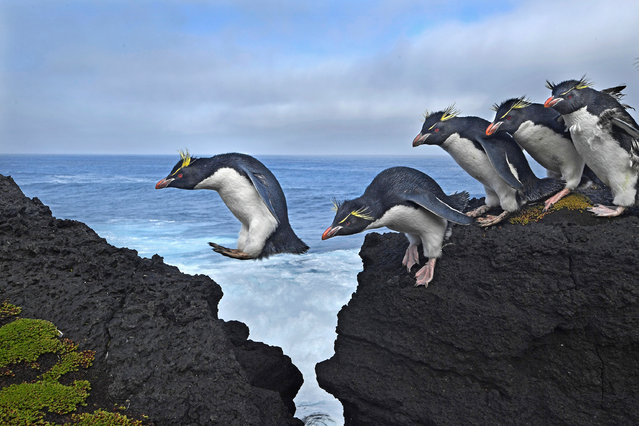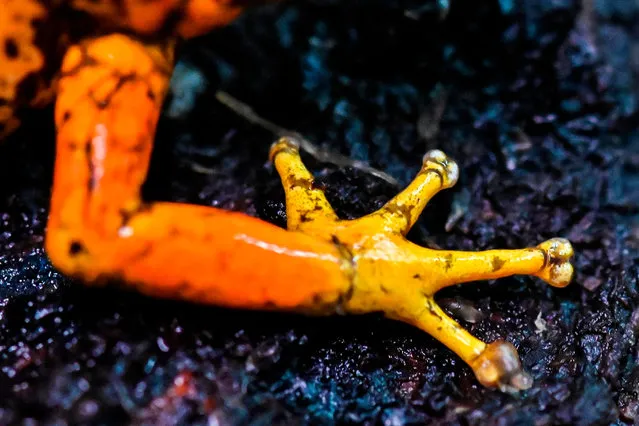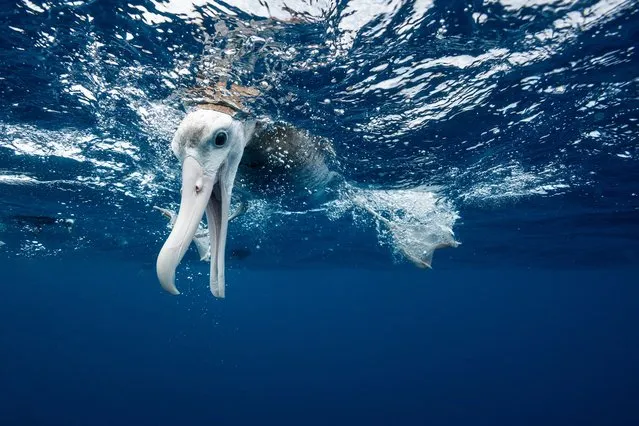
American paratroopers from the the 82nd Expeditionary Rescue Squadron take part in training for rescue operations in East Africa in the last decade of April 2024. (Photo by Senior Airman Olivia Gibson/US Air Force/CMA)
29 May 2024 01:46:00,post received
0 comments







